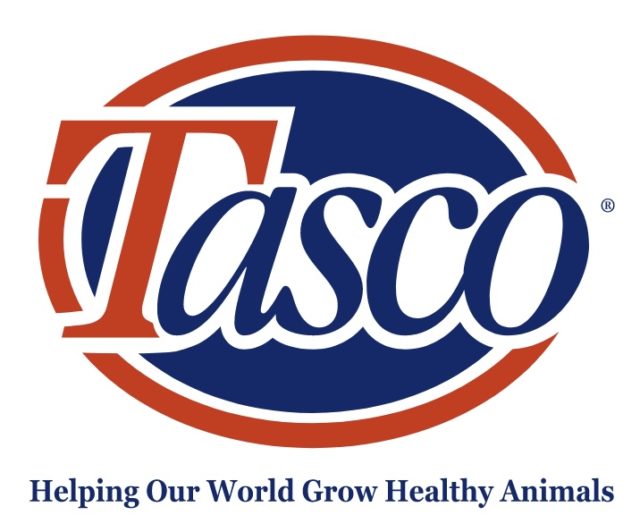Q&A with Brad Scott, a fourth-generation producer and partner with his brother, Bruce, and father, Stan, in Scott Brothers Dairy in southern California. He shares his experiences from a recent on-farm interview with a reporter and photographer from Slate.com, a daily Web magazine that is owned by The Washington Post Company.
What angle did Slate.com pursue?
They were intrigued that there are still dairies in an urban setting like southern California. They wanted to see how we are sustainable. It was a great opportunity to showcase not just what we do at our farm but on

dairies across the country.
We showed how we collect water from the milking parlor and rain throughout the year, how it’s stored and how it’s redistributed to grow forages.
I also shared how we use water from a municipality. This recycled water is used for crops and keeps potable water in the aquifer for drinking purposes.
Did the reporter have an understanding of dairy farming?
She had no agriculture background or knowledge of dairy, so I spent four to five hours driving her around the entire operation. You have to get it down to the basics to get them to understand.
I sometimes ask if I can preview a reporter’s article before it goes to print. That’s when you learn if they really understood what you told them.
It’s easy for a reporter who doesn’t understand what we do to get overwhelmed by the operation and what we do on a daily basis. We need to keep that in perspective to keep our facts and terminology correct.
The article told your story through photos. How was this experience different?
The photographer didn’t accompany the reporter, so he had to come on a different day. It doubled my time requirement. But when the reporter came, I could totally focus my attention on her and not worry about what the photographer was taking pictures of.
When the photographer came, we drove around the ranch and I explained the same things to him that I did to the reporter. There are some things on the dairy you don’t want people to take pictures of.
It’s not that we have something to hide, but there’s a risk that people won’t truly understand what they are seeing. I was able to convey that to the photographer and he understood.
Did you do prep work knowing so many photos would be taken?
We always try to keep things in order on the farm every day because you never know who will visit. My employees have been here long enough – and I’ve been doing interviews and visits for several years – so they know how to prepare for a reporter.
They know to be diligent and address anything that could convey a negative image. It’s so important that your employees understand, especially at a larger farm where so many things are going on.
How important is it for producers to participate in media opportunities?
It’s very important. Every time I get a call from DMI or others saying “we have a reporter request,” you initially think – especially with a non-ag reporter – they may already have an impression in mind about our industry.
That can be scary, especially when I’m giving them a full tour of our operation. But every time I get done with something like this, the positives far outweigh any negatives. It’s important to show them what we’re doing and it’s great to see their excitement over what we’re doing.
You can see the lights go on in their heads, and they’re leaving with a much more positive image of the industry. As communicators, they’re going to tell our story to others. You’re having such a broad effect on many people and that’s kind of exciting. PD
— Reprinted from Dairy Farmer Spokesperson Network newsletter, January 2013, Dairy Management Inc.





